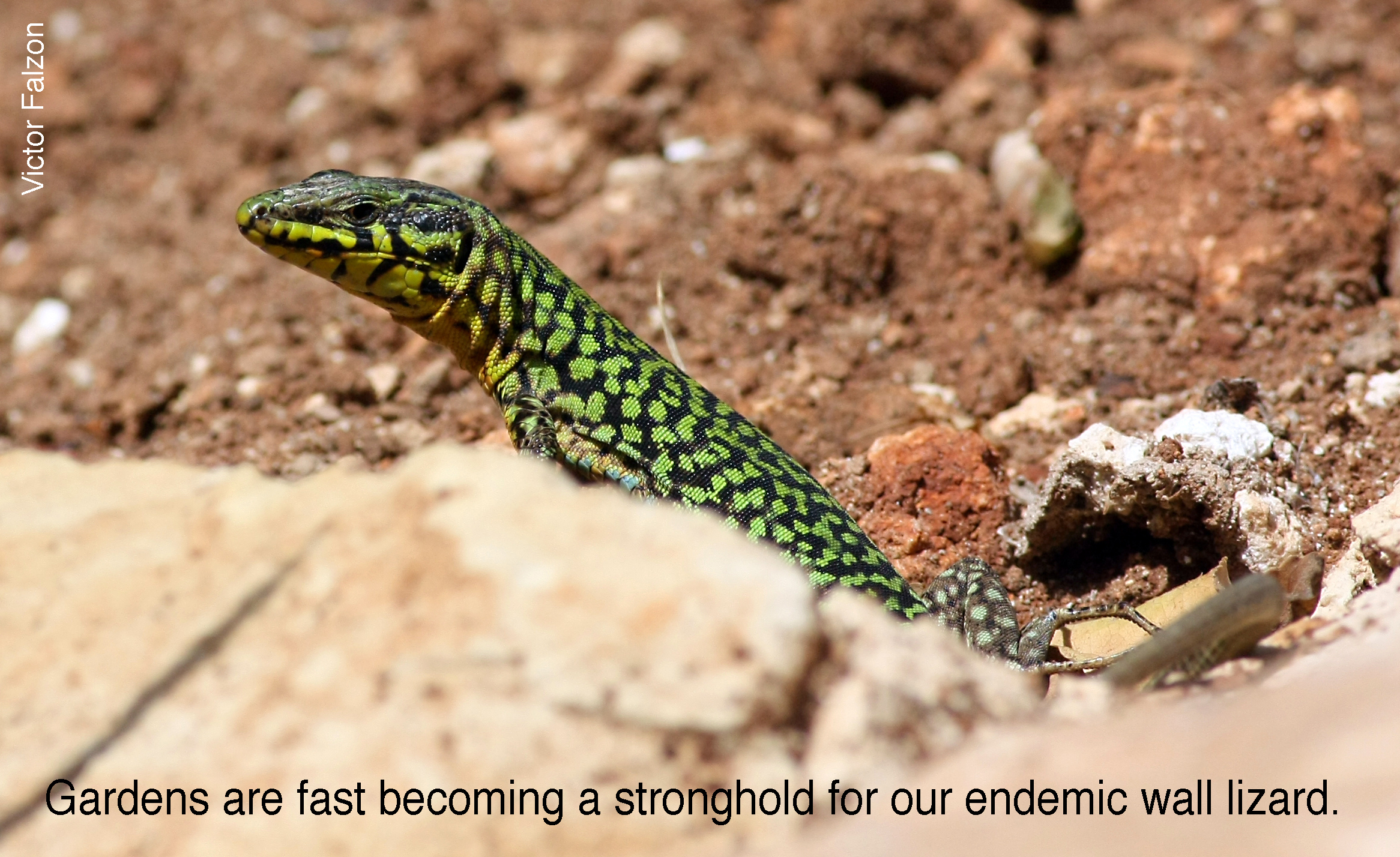As our countryside shrinks, wild plants and animals get elbowed out of their habitat. We often feel helpless when faced with such destruction, and feel the need to do something about it, but what? Surely there’s something we can do. There is, and from the comfort of our home too: we can make our own home wildlife friendly, the outdoor bits at least. Having pushed nature out to make way for our towns and fields and roads it’s only fair we give some space back.
Attracting nature to our home is not only good for wildlife, it also livens up sterile and static corners of our home, and even benefits our own health: studies show that even simply resting our eyes on greenery improves our mental well-being.
WARNING! Helping wildlife can get a bit ‘earthy’ at times so if you’re one of those that get a fit if they find a fallen leaf on their immaculate patio you may as well stop reading here. Sadly, wildlife gardening is not for you.
Space
Some homes have large gardens, others very little or none at all. Naturally a big garden can be easily transformed into a small nature reserve BUT even a paved backyard, an oblong of roof or even an open balcony can be made to benefit wildlife. As long as we have a bit of soil – whether it’s in the ground, box planter or hanging flowerpots – we can start building our biodiversity.

Don’t be put out if you have little space. True, a balcony will probably never beat a wildlife garden in biodiversity, but every little truly helps. However small our patch it will always be significant and these aren’t just nice words. For many animals, gardens can be real lifesavers. In recent years, for example, it seems our endemic wall lizard has become increasingly more common in residential gardens than in the countryside. If we were to pave over all our gardens (or turn them into pools) our

So, what attracts animals? In two words: food and shelter. If we can provide any of these or both, we’ll soon be in business.
Plants
Some animals eat plants, some eat other animals, and others eat a bit of both. Some animals eat living matter, others dead matter.
So how do we start? Now the beautiful thing about living things is that they form food chains, where D eats C eats B eats A. As most food chains start with vegetation all we need is provide that first link – plants – and the rest will form on their own. If, for example, we want to attract spiders, no need to physically stock up with their insect prey, that’s plain silly. No, what we do is get the plants and the insects will come on their own. Then the spiders will show up to catch the insects, followed by animals that eat the spiders, such as birds. That’s the magic of an ecosystem.

Plants provide lots of food for lots of animals. Bees, bugs, beetles and butterflies go crazy for flowers because flowers provide highly nutritious pollen and nectar. So let’s grow plants that make lots of flowers.
Many insects (or their young) also feed on leaves. Since leaves are less nutritious than flowers, leaf eaters (e.g. caterpillars) often gobble lots to make up, so let’s grow plants that make lots of leaves. Also, many animals have particular tastes, so growing a variety of plants will attract a variety of creatures. That’s biodiversity.
Don’t be fooled by looks: the much-maligned stinging nettle, for example, lacks the flashy flowers, but those prickly leaves are the vital food plant of the red admiral butterfly’s caterpillars. So if you find a clump of nettles growing in a shady corner, let them be.

You will be pleasantly surprised to find that, given the right conditions (i.e. some soil, sunshine and water), many flowering plants will readily grow wild in your patch with little effort on your part. Starting shortly after the autumn rains, you will find arums, nettles and mercuries, geraniums, mustards and the ubiquitous cape sorrel sprouting all over. These will soon cover your soil in a carpet of green, and even if still not in flower, their foliage already creates a mini jungle of food and shelter that will attract several insects and creepy crawlies like ants, butterflies, various beetles (not least ladybirds), spiders and harvestmen, snails, slugs and – if you’re lucky – earthworms. All these are great links in that fantastic web of food chains. And so far you have actually planted nothing! All you have done is provided some soil in a pot, planter or corner of your garden.
It’s such a pity that many mainstream gardeners consider these wild-growing plants as worthless weeds (that despicable phrase ħaxix ħażin), simply because they dared grow on their own rather than planted by all-knowing us humans.
But, of course, we wildlife gardeners know better: we know it’s nature that’s the teacher!
By Victor Falzon, Naturalist
